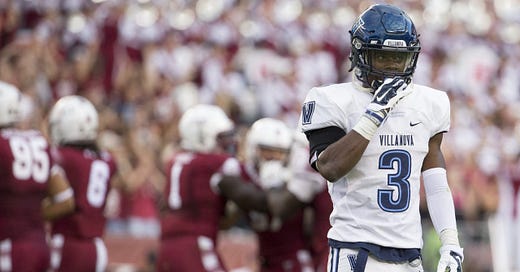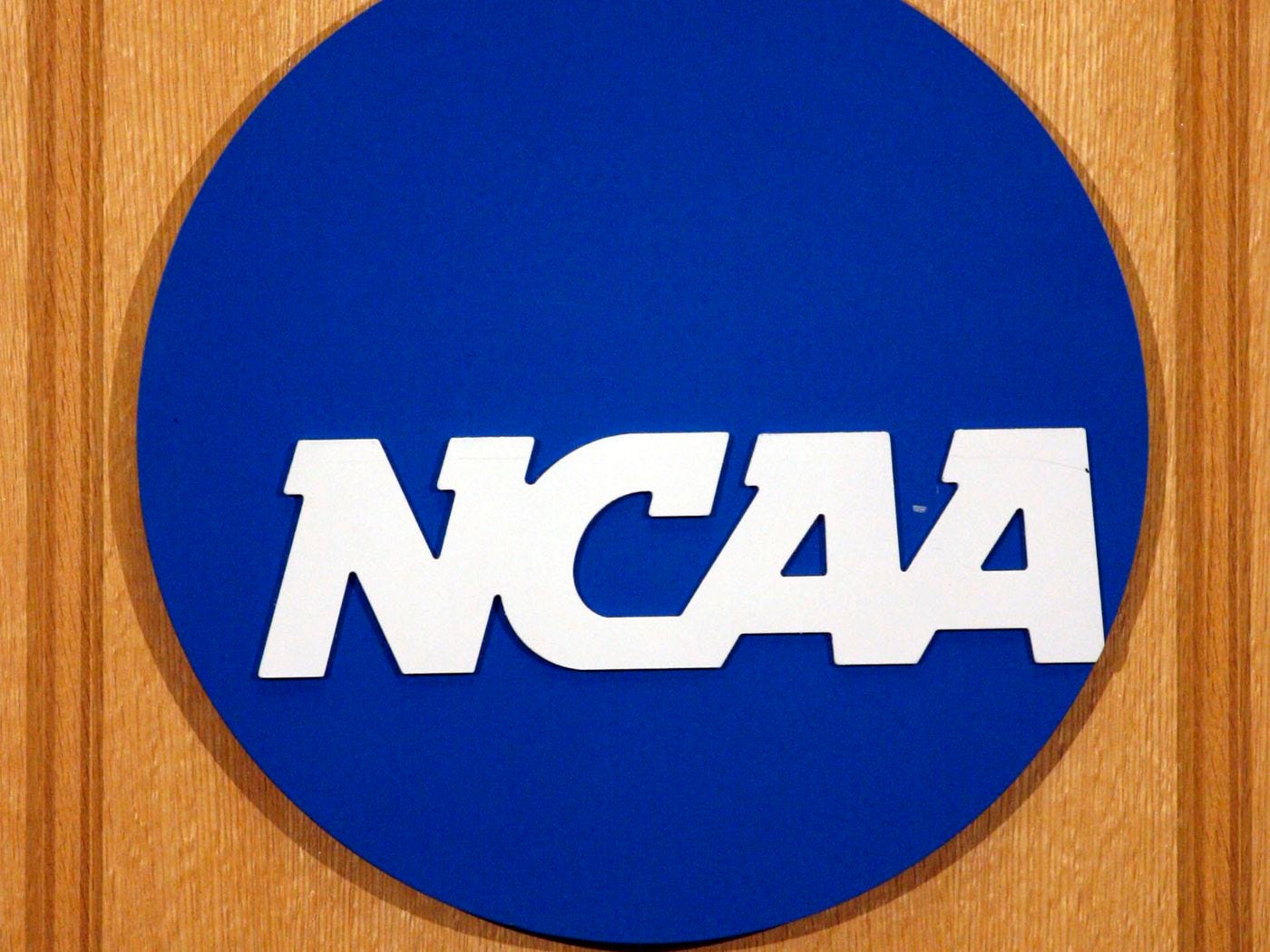Johnson v. NCAA: A Strong Step Towards Student-Athletes as Employees
Keep up to date on all of our newsletters and content by checking out past Optimum Sports Consulting Newsletters, and following us on Twitter!
The NCAA faces another uphill battle following the ruling in the Johnson v. NCAA case. The case is led by former Villanova football player Ralph “Trey” Johnson and other current and former athletes representing a number of D1 schools. The plaintiffs argued they were employees of their school and the NCAA within the meaning of the FLSA and state law. If the players are deemed to be FLSA employees, they’d be owed at least minimum wage for their labor and would be eligible for overtime pay.
The Third Circuit affirmed the dismissal of the NCAA’s motion to dismiss the case, essentially rejecting the NCAA’s longstanding position that student-athletes cannot be employees and athletes at the same time. Although student-athletes have not been deemed employees just yet, this ruling is a step in that direction, once again putting into question student-athlete amateur status. This ruling contrasts two previous circuit court decisions, which rejected college athlete claims that they were FLSA employees.
The case now lands in the hands of U.S. District Court Judge John Padova, who has previously stressed that the term “employer” should be construed broadly under the law and has noted that players engage in employment-like characteristics such as submitting timesheets and performing labor for a multi-billion-dollar industry. The Third Circuit has instructed Judge Padova to apply an economic realities test, but Judge Porter’s concurrence in the Johnson decision is taking over the spotlight.
Concurrences are not law, but that does not mean they are not influential. Justice Kavanaugh’s concurring opinion in NCAA v. Alston is one of the most talked about aspects of that case due to his strong stance against the NCAA, going as far as to call the organization a cartel. Judge Porter’s concurrence is gaining attention due to his stance on the fact that student-athletes outside of football and basketball players likely will not meet the legal definition of employment. The Majority opinion critiqued the NCAA’s system of amateurism and said that it cannot bar student-athletes from gaining employment status. Judge Porter’s concurrence focused on how determining whether student-athletes are employees is “intensely fact bound” and won’t fit all athletes. With thousands of athletes on thousands of different teams, the relevant facts to determine employment status vary across schools, conferences, teams and sports.
Judge Porter went on to highlight how changing athletes’ amateurism status into an employment status under the FLSA would spark plenty of other legal issues. Taxes, immigration, and Title IX are the big ones that would become an issue for schools if their student-athletes became employees of the university. Once again, Judge Porter’s concurrence has no legal impact, but that doesn’t mean that his questions and concerns regarding student-athletes as employees don’t have the potential to influence lawmakers and regulators as this issue continues to be tackled by the courts and institutions alike. The Johnson decision is just another blow to the NCAA’s amateurism policy, and it seems that the question now is how will the NCAA handle the transition of its student athletes from amateurs to employees.
Thanks for Reading!
Subscribe to receive new posts.






